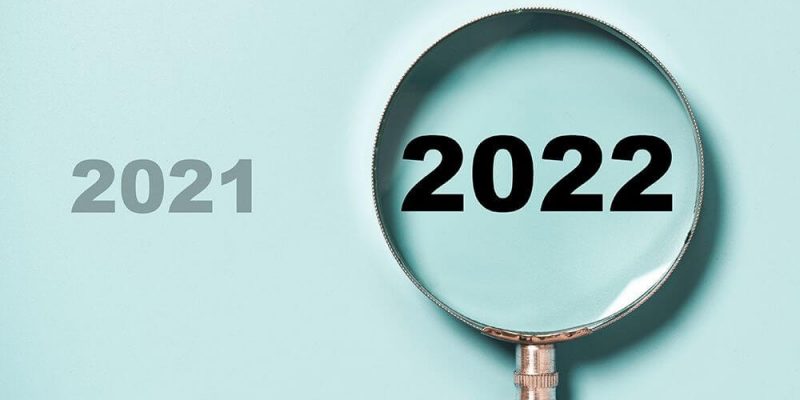Over the last three decades, the EB-5 investment program has enabled thousands of foreign nationals to relocate to the United States, while bringing in millions of dollars of much-needed investment capital to boost the U.S. economy. However, in 2021, the program underwent unexpected changes that had a significant impact on the EB-5 industry.
In June 2021, the Modernization Rule was overturned by a U.S. district court. Most of the EB5 investment industry welcomed this change: the Modernization Rule had made several unpopular changes to EB-5 regulations. This ruling reversed these changes and reduced the minimum EB-5 investment amounts from $900,000 to $500,000 for projects located in targeted employment areas (TEAs) and from $1,800,000 to $1,000,000 for non-TEA projects.
The celebrations, however, were short-lived. The regional center program, which was particularly popular with investors, expired on June 30. Initially, many EB-5 project developers and investors assumed the lapse would be corrected within a few weeks or months; however, as of January 2022, Congress has yet to reauthorize EB-5 regional center investment.
Following an eventful 2021, experts are speculating about what 2022 may hold in store for the EB5 investment industry. It is likely that there will be changes that affect EB-5 project developers and prospective investors alike.
The Regional Center Investment Model in 2022
When the regional center program expired in June 2021, United States Citizenship and Immigration Services (USCIS) announced that they would no longer adjudicate I-526 visa petitions related to regional centers. Consequently, thousands of foreign nationals who were waiting for adjudication of their I-526 petitions are unable to proceed in the EB-5 visa process. In these circumstances, USCIS is likely to postpone the processing of regional center visa petitions until the regional center program is reauthorized or an alternative pathway for these investors is provided.
The probability of EB-5 reform succeeding in Congress is low; however, it was hoped that such legislation would be part of an appropriations bill that was due in December 2021. However, Congress has postponed the bill until February 18, 2022, so it seems that this is the earliest point at which the regional center investment could be revalidated.
Renewed Interest in Direct EB-5 Investment
The regional center program was particularly popular amongst foreign nationals looking to make an EB-5 investment. One of the main reasons for this was the reduced immigration risk: regional center projects benefitted from flexible criteria for job creation, making them more likely to fulfill USCIS requirements. However, since June 2021, direct EB5 investment is the only way to join the EB-5 program.
There are a number of benefits to the direct EB-5 investment model. Investors are usually more involved in the management of the direct EB-5 project to which they subscribed. Another advantage, highlighted by recent events, is that the direct investment model does not depend on revalidation.
The EB5 investment program remains a popular route for foreign nationals to secure green cards for themselves and their families. It also continues to support U.S. businesses with vital funding sources. Numerous investors found reliable direct EB-5 projects in 2021, and foreign nationals interested in joining the program are advised to consult with EB-5 experts to start the process before further changes take place.







